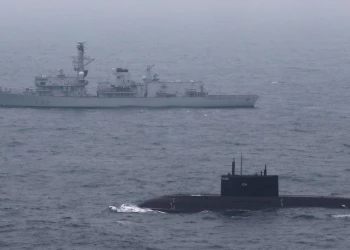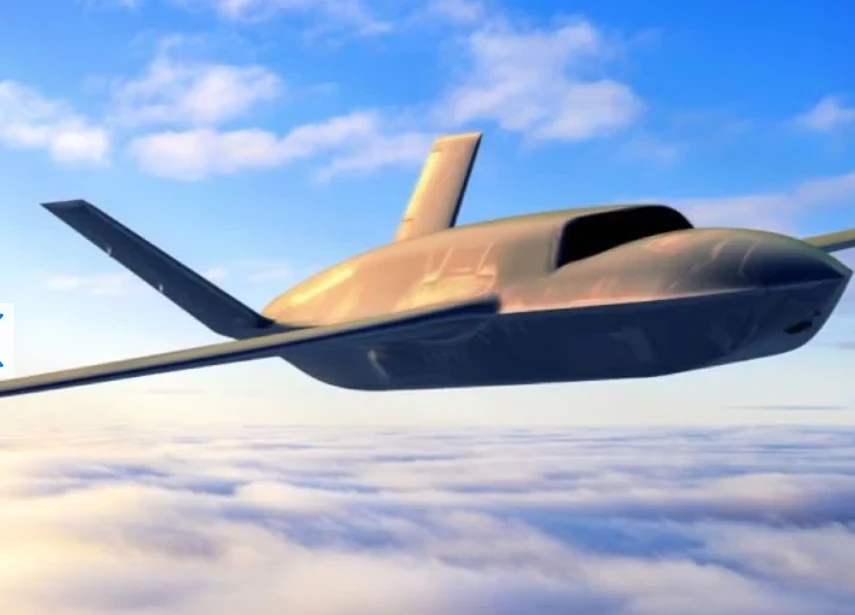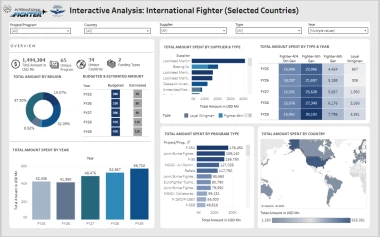Military Flight Training
Add bookmark
UAV Pilot and Operator Training
Until very recently, UAV pilots and mission operators have generally been experienced aircrew. But, aircrew resources are both expensive and an increasingly scarce resource these days, so nations are looking at training suitable people who do not have this operational flying background. Canada is re-training experienced rear-crew Airborne CSOs (Combat Systems Operators) to become UAV operators.
Downloading
It is generally recognised that the greatest savings can be achieved by downloading training from the OCU stage, which is when students are flying expensive operational aircraft.
However, most nations seem to be taking down-loading very seriously these days, by looking at all opportunities to carry out training on cheaper, more basic aircraft, at all stages in the training cycle, to save costs. Thus downloading has the potential to reduce the numbers of operational aircraft operated by the OCUs, and to achieve savings in fuel usage, maintenance, etc.
Simulated Training vs Live Flying
It is clear that as the capability and fidelity of simulators continues to improve, the scope for their use will also continue to grow and evolve. For rear-crew training in particular, we are already seeing an increasing amount of live flying being replaced by simulated flying.
The situation for fast-jet pilots is different from rear crew, because there is no substitute for the physiological experience with the combination of high g, and high roll rates in a fighter, whilst concentrating on three-dimensional situation awareness. While some aspects of this can of course be practised in a centrifuge or simulator, there is nothing like the real thing to make sure that the full three-dimensional environment is properly experienced and understood.
Whereas rear-crew may be able to do most of their training in a simulator, this will never be the case for fast-jet pilots, who need to be able to fly head up and eyes out.






















